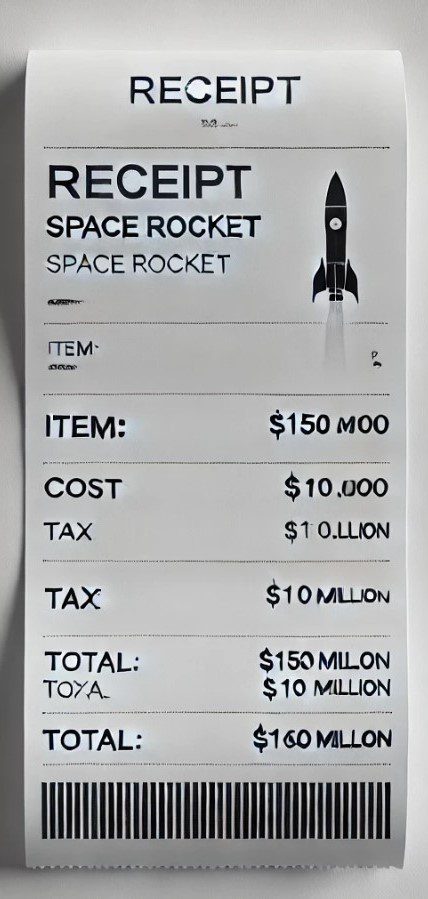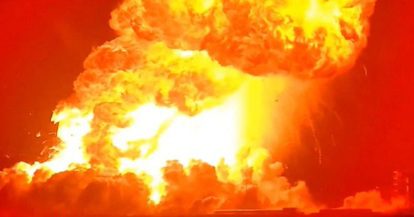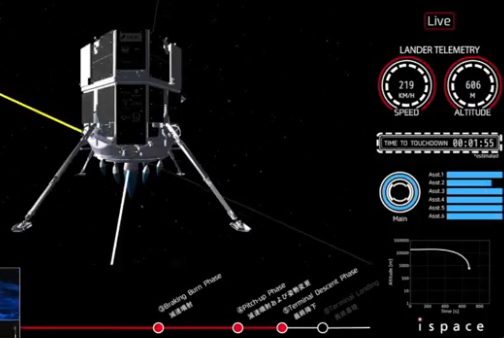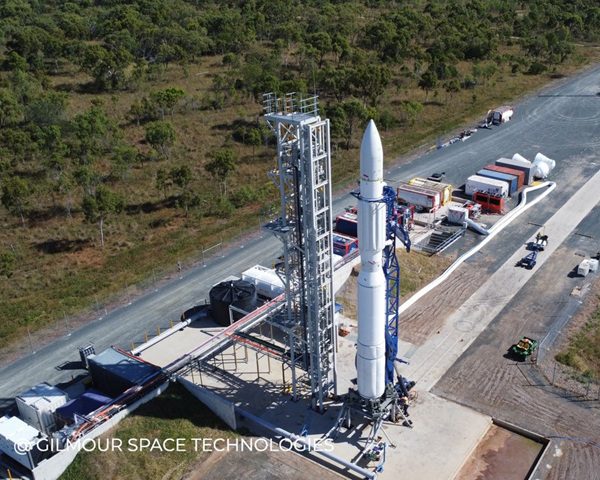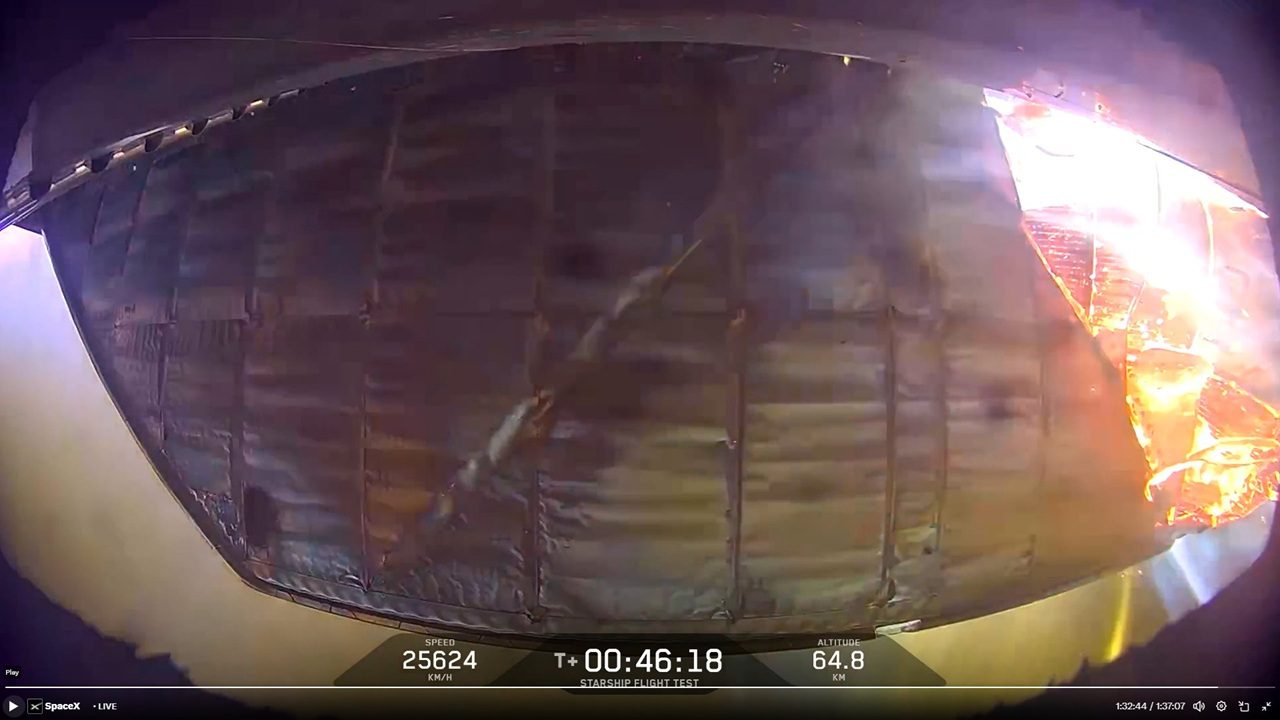An Independent Oversight Board (IOB) formed to investigate the solar array deployment anomaly on fhs Intelsat 19 satellite launched on 1 June 2012 has found that while the damage to one of the satelite’s solar arrays did occur during its Zenit 3-SL (Sea Launch) launch, it was not the rocket’s fault. Rather, it was an unusual manufacturing/design defect that caused the failure.
The IOB, which was comprised of three highly regarded industry experts, worked with a comprehensive team of engineers from both the satellite’s manufacturer Space Systems/Loral SSL and from the launch provider, Sea Launch, to conduct an exhaustive investigation of data from the launch vehicle, the spacecraft, and interactions between the two. The IOB concluded that the anomaly occurred before the spacecraft separated from the launch vehicle, during the ascent phase of the launch, and originated in one of the satellite’s two solar array wings due to a rare combination of factors in the panel fabrication. While the satellite is performing on orbit, the anomaly resulted in structural and electrical damage to one solar array wing, which reduced the amount of power available for payload operation and resulted in an insurance claim for $84 million.
During the investigation, the launch vehicle was exonerated from causing or contributing to the anomaly and there were no unexpected interactions between the spacecraft and the launch vehicle. Both SSL and Energia Logistics Ltd. (ELUS), on behalf of Sea Launch, concurred with the IOB findings.

